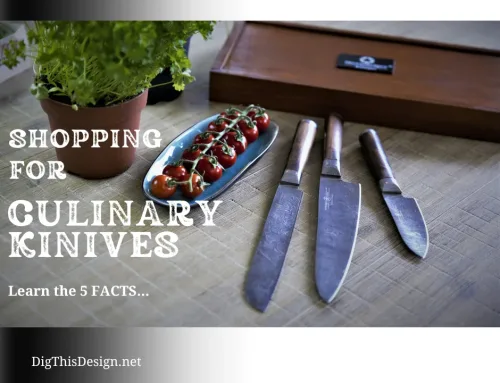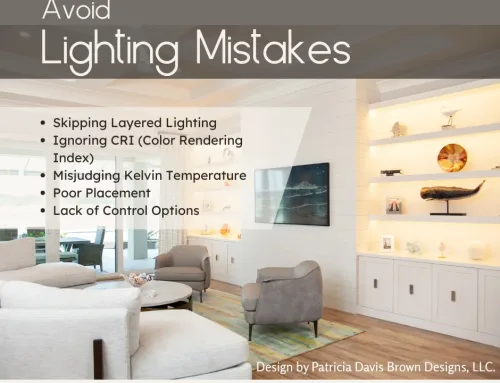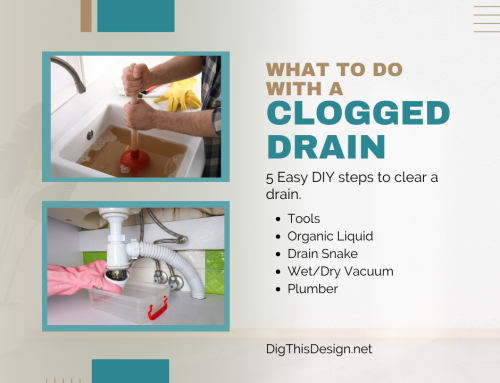Is your first baby in the family on its way? With the impending arrival of your bundle of joy, it is normal for you to scramble with the preparations. But aside from buying baby clothes, diapers, and a good crib, you need to work on baby-proofing cabinets and home.
And when it comes to this task, you need to learn how to baby-proof cabinets in your house. Your child’s safety around furniture is one of the most essential child safety concerns at home. Once a baby starts to walk, they will explore their surroundings with curiosity.
They will also try to open your cabinets and drawers, which might cause harm. But how do you baby-proof your cabinets? Continue reading below as we teach you how.
9 Ways to Baby Proof Cabinets for Safety

1 • Use Magnetic Locks for baby-proof cabinets
Once your baby starts to walk, he will try to touch everything in his surroundings. Once he reaches your cabinets, the first thing he will do is to try and open them. So, you need to make sure you are using cabinet locks to baby-proof cabinets.
Thankfully, there are many options to choose from. First, you can go for magnetic locks. In fact, this is easily one of the most popular options for baby-proof cabinets in the house. Moreover, they work in cabinets for your bedroom, kitchen, and bathroom. Another great thing about magnetic locks is their performance. The fact is, magnets are strong enough to shut your cabinets securely.
Typically, magnetic locks come in a set which includes one key and several locks. The beauty of this is if you install the magnetic locks for baby-proof cabinets at home, you can open them all using the magnetic key. In fact, the operation is quite easy. To use, you simply take the key and hold it in front of the lock then use your other hand to pull the cabinet door open.
Furthermore, you can deactivate the locks in case you need to open the baby-proof cabinets often. This is useful during special occasions at home.
Another benefit of magnetic locks is their seamless integration with your cabinets. Since you install the magnetic latch inside the drawer, you maintain the aesthetics of your baby-proof cabinets.
If there is a caveat with magnetic locks, it is in the installation because some locks require some hardware mounting for baby-proof cabinets.
2 • Safety and Latch Locks
In case you’re not a fan of magnets, you can try using adjustable safety locks. These locks feature a strip of silicone plastic with two plastic locks per side. Then, to keep baby-proof cabinets shut, you simply pull the strap to tighten the lock. On the flip side, push the button to release the lock and open the baby-proof cabinets.
Another great option is the latch lock. This works by attaching a latch close to the top of the baby-proof cabinets. The latch will then hook into a piece of plastic to secure the door. But, if you want something simpler yet effective, you can go for a velcro strap. But unlike the first two locks, a velcro strip will not provide the same locking abilities.
One side of the strip features adhesive while the other side, the velcro. To use this, open the cabinet doors and place two strips against the inner frame. To place them, you want to put one on top and one at the bottom. Thereafter, place two more velcro strips on the inner part of the door. Of course, continue to position the strips exactly opposite of the others.
Apart from its simplicity, velcro strips also don’t need any drilling of holes on your cabinets. However, they will only work on babies and toddlers because bigger children can open the velcro locks.
3 • No Dangerous Objects
Aside from baby-proof cabinets, you need to make sure there are no objects inside your cabinets that might harm your child. Studies reveal that the risk of accidental poisoning in children might increase because of the COVD-19 pandemic.
This is because families will be disinfecting their homes more often. This means you will likely buy and use more cleaning solutions that pose health hazards to children. Therefore, make sure not to store them inside cabinets that your toddler might open. These also include your detergents and pods.
Additionally, store your medicines in cabinets that your child cannot reach and not just depend on baby-proof cabinets. The same thing goes for your lighters, plastic bags, batteries, and electrical appliances with long cords.
Furthermore, make sure there are no heavy objects like glassware and figurines that might break. Likewise, store your sharp and pointed objects like knives in a different place.
Finally, when storing hazardous items in a cabinet, make sure to lock the door.
4 • Mind the Handles Too
You should baby-proof the handles of your baby-proof cabinets. Thankfully, this is one of the easiest factors to baby proof. All you need are a few pieces of thick rubber bands.
If your cabinet comes with knob handles, this rubber band hack should work. First, take the rubber band and wrap it around the knob. Next, stretch it until it reaches the adjoining knob.
Complete the process by wrapping the band into the second knob. If you only have a thin rubber band, it is best to add one or two more.
5 • Pull Cord Locks
If you have bigger kids at home and you feel that rubber bands aren’t enough, you can instead use pull cord locks. These cords also work for baby-proof cabinets with rounded knobs that are close to each other.
They are also easy to use, as they are similar to the cords that you use to secure your backpacks. First, put the cord around the two knobs then press your thumb against one of the attachments. Next, slide the cord up until the door is tight.
If you see a piece of the cord that is much longer than the other, that is a sign that baby-proof cabinets are good to go. To open the door, press the button then slide it down.
But be mindful of the longer end of the cord. Since children tend to bite everything they hold, keep watch over your child as the cord is a choking hazard.
There are also adjustable child safety locks that are excellent alternatives.
6 • Furniture Anchors
Data reveals that a child goes to the emergency room every 43 minutes because of a furniture-tipping accident. Moreover, 51% of this type of accident takes place inside a bedroom. This happens when the child climbs up the furniture which tips over because of the child’s weight and pull.
Therefore, it is wise to secure your cabinets and dressers by using furniture anchors. These anchors come with durable straps that you secure against the wall. As for the other end of the straps, you connect it with the furniture. Whenever the child climbs up the cabinet or dresser, the straps will keep the latter in place, preventing any accidental tipping.
7 • Foams Matter
When children play with cabinets, they will find opening and closing it entertaining. They will open and close the cabinet repeatedly. And if you fail to baby proof it, your little one might end up hurting their fingers when they slam the door.
That shows the importance of installing foam bumpers on your cabinet doors. Of course, you’ll only use these bumpers on the cabinets that you don’t intend to lock.
To start, get some hollow pool noodles and cut off a small section. Next, slit one side then wrap it around the cabinet door. However, make sure to position it way up so your child cannot reach it.
8 • The Baby Gate
In case you need to leave your baby crawling around on a floor with a stairway or exist, then investing in a baby gate is a wise decision. A baby gate is also a good option if you are working on a tight budget.
The baby gate will serve as a barrier to keep your child away from your cabinets. Place it right before they reach the bathroom or kitchen.
However, there are key considerations when choosing a baby gate. First, you want to get the exact measurements of the area you are going to cover with the gate. Another is to measure the height of your child.
The rule of thumb is to get a baby gate that is at least three-quarters of your baby’s height. Also, it is best to go for a pressure-mounted baby gate that is easy to set-up and take-down.
9 • Baby Proof Cabinets Without the Baby
Last, but not least, be sure to baby proof the cabinets when your child is not around. Some parents tend to forget how smart their children are. But, children are watchful and they observe what people are doing and how things work. That’s how they learn.
Improve the Other Areas of Your Home
Learning how to baby proof cabinets is essential for a child’s home safety. Not only will baby proofing cabinets keep them from injuries, but it will also protect your items at home. But don’t stop with installing drawer locks for babies. Rather, learn more about improving the many areas of your home by reading our other articles. You will find lots of other interesting links below for all things design!
Images Courtesy of Canva.
Other Posts You Might Enjoy:
6 Creative DIY Light Fixtures to Transform a Room
6 Surprising Reasons to Tint Your Home Windows





